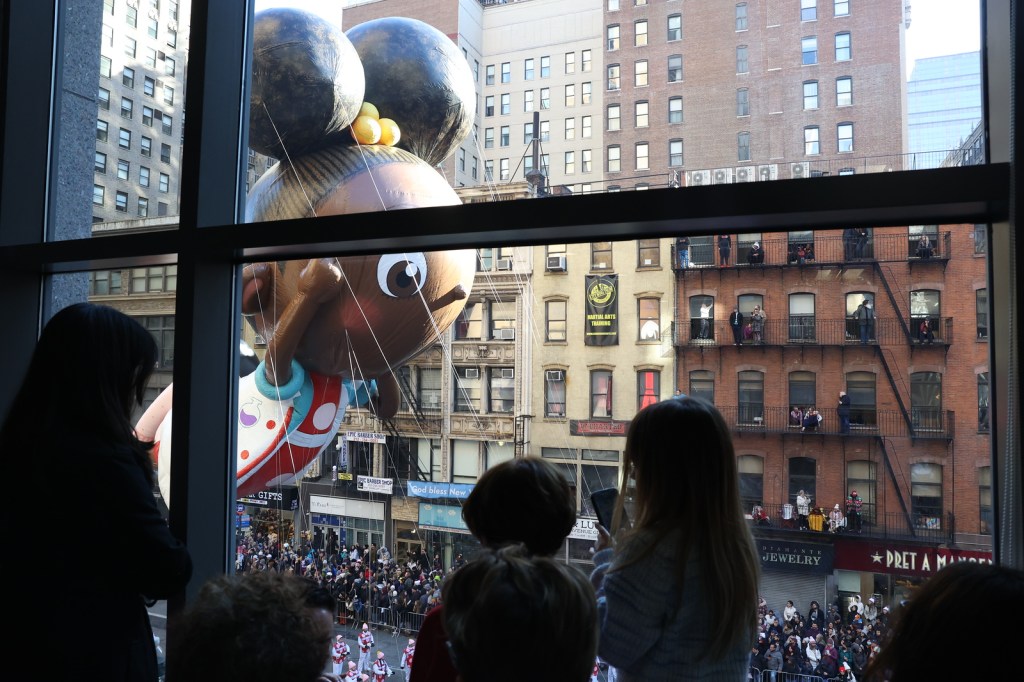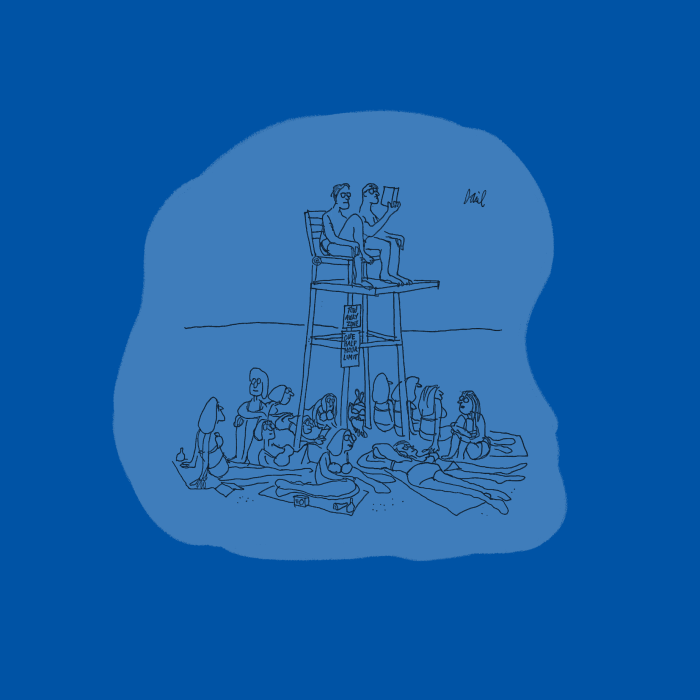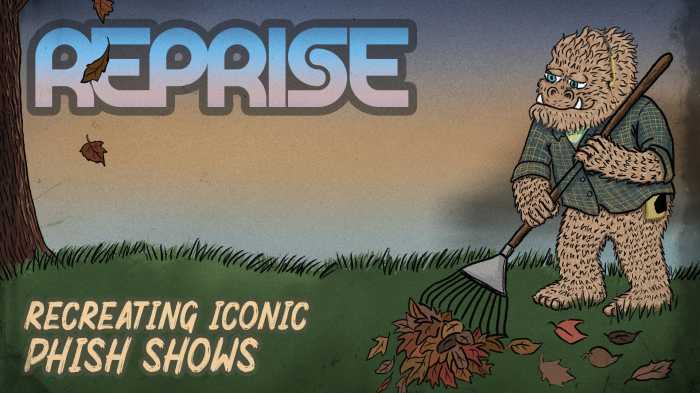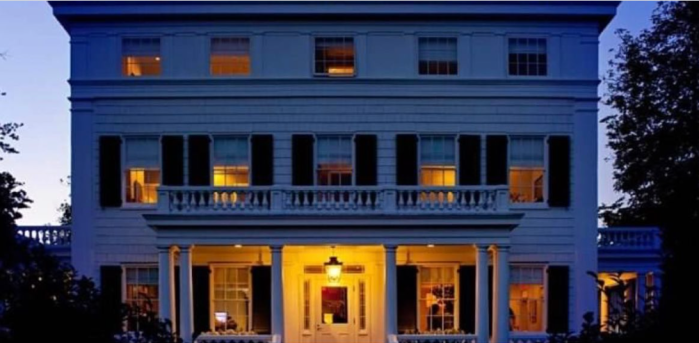70th Anniversary: Plans to Re-enact the 1942 Nazi Landing in Amagansett

This is the 70th anniversary of that day in 1942 that four Nazi saboteurs bringing boxes of powerful explosives and sophisticated weaponry waded ashore through the surf to the beach at Amagansett intent on causing mayhem.
It was a daring operation. A second one took place on a deserted beach at Punte Verde, Florida the next night with four more saboteurs. About a dozen more landings were scheduled for the rest of that summer of 1942, and they would have all taken place if the man who led this operation hadn’t betrayed these first four after landing with them at Amagansett. With a flood of saboteurs here, explosions would be crashing down bridges, blowing up railroad stations, railroad junctions, airplane factories, aluminum plants and even department stores that the Nazis knew were owned by Jews. The goal of it all was to terrorize the citizenry, cripple America’s economy, bring the United States to the bargaining table, and in the end make a treaty with the Germans that would allow Germany to take over the American government. With the Germans in power here, America would be part of the expanded Third Reich, which was already the master of Europe. There would be no more terrifying and crippling attacks on American soil after that.
The capture of this first set of saboteurs took place five days later in New York City, but the seeds were planted for the capture right on the beach that foggy night because things went slightly awry. A 21 year old Coastguardsman named John Cullen, walking the dunes through the fog, stumbled upon the saboteurs burying their boxes of explosives on the beach, and was intercepted by the leader of the operation, George Dasch, who then, defying orders, decided not to shoot him dead. He instead threatened to shoot him dead unless the unarmed Coastguardsman accepted a $300 cash bribe—a lot of money in 1942—and promised he would run away and forget everything he had seen. Cullen accepted the money and did run away. But he immediately went to report his encounter to his superiors.
There is a group of local residents who on this upcoming anniversary during the night of June 12-13, want to re-enact this successful landing through the surf, the meeting on the beach and the remarkable aftermath that night. The group will need to find a World War II coast guardsman’s uniform, the German uniform that George Dasch wore, the weaponry the various participants carried, even the sub which broiught the men from a German naval base in Lorient, France and the rubber boat that brought the men ashore to the beach at Amagansett. As you can imagine, this encounter on the beach is thought to have been a pivotal event in World War II.
In the event, after the bribery, Coast Guardsman Cullen made his way to his home base, the Amagansett Coast Guard Station at the back of the beach at the end of Atlantic Avenue. When he reported what he had seen, his superiors at first did not believe him, but when he showed them the money he had been given, the Coast Guard moved into action. They called in the Army, the Navy, and the FBI, continuing this search for the rest of the day.
They never did find the saboteurs. The saboteurs got away. But the Americans did find all the boxes of explosives and weapons buried on the beach where Cullen said they would be. Also, of course, the information about the Nazi landing was sent all the way up the chain to the top brass, to J. Edgar Hoover personally and even to President Roosevelt. It had been six months since Pearl Harbor. Roosevelt ordered military surveillance increased tenfold along the east coast after this happened. No landing would happen again.
Meanwhile, in the thick fog, the saboteurs laid low in some bushes in a potato field just over the dunes not more than 200 yards away from those looking for them. Moving from this spot during the next four hours, they slowly inched their way through the field to the north, heading in the direction of the Amagansett railroad station. They arrived there at 5 a.m., changed out of their uniforms and into fishermen’s clothes they had brought along and came inside and sat down in the lobby. When the stationmaster opened the ticket window for the day, there he found these four American fishermen—fishing had been lousy—to whom he sold four tickets on the 6:59 a.m. train heading to New York City. He had no idea what had preceded this. He had been asleep in the apartment upstairs. It was only later that afternoon that FBI agents arrived at the station and found wet clothes thrown in the bushes. And so they knew what happened.
What is described above is the entire scope of the proposed re-enactment. It would last from 10:30 p.m. on June 12 when the dorsal fin of the German U–Boat with the Nazi swastika on the side rose up out of the ocean 200 yards offshore. It would continue with the sub’s sailors bringing out and inflating the rubber raft over the side. After that, four strong German sailors, armed with submachine guns, would climb down a ladder into the rubber boat, then help load the wooden boxes of explosives and the four saboteurs aboard. They would then row the men and their cargo through the surf to the beach, then row back out. The re-enactment concludes at 6:59 a.m. June 13 with the Nazis boarding the train at Amagansett heading for New York.
In the end, on their fourth day in New York City, George Dasch gave a good deal of American cash to his co-saboteurs in a New York hotel room, told them to have a good time and he’d be back, then he went to the local Manhattan FBI office where they thought he was a nut and refused to talk to him. After that, he took a train from Penn Station to Washington DC and appeared at the offices of J. Edgar b of the FBI to turn all the others in. He claimed later that he intended to do so even before he and his men left Germany. J. Edgar Hoover argued—at the military trial of the eight men—that all of them had come with bad intentions and Dasch had only acted as he did to save his skin since he knew from his botched encounter at Amagansett that the Americans were after him. In the end, six of the eight saboteurs were put to death in the electric chair in a Washington jail within 60 days of the landing, and Dasch was convicted but because he turned the others in, received a sentence of 30 years at hard labor. The eighth saboteur, a man named Ernest Berger who had assisted Dasch during a part of this, was sentenced to life imprisonment at hard labor.
After the war ended, President Truman commuted the sentences of Dasch and Berger. The instructions were to give them each $50, put them on a military plane and fly them from prison to Berlin, where they would be escorted through the airport terminal and out to the street. They could do what they wanted after that, but they would never be allowed to return to America, and they never did.
All the participants in this drama have passed away. George Dasch died an old man in his eighties in Germany. John Cullen also lived to be 90, passing away in Virginia in 2011. He was long considered, correctly, a war hero.
For the re-enactment what will be needed besides the rubber boat, submachine guns, wooden boxes, several flashlights, four Nazi b for four saboteurs, and two Nazi uniforms for two sailor/oarsmen, would be uniforms for seven Coastguardsmen, seven World War II bolt action Springfield rifles provided to the Coastguardsmen, uniforms for six men who were working at a Navy radio station in Amagansett that year, uniforms and weapons for a battalion of Army soldiers who were bivouacked in Napeague and awakened in the middle of the night, a Long Island Railroad stationmaster’s uniform and a man to play the part of a stationmaster, three men in black suits from the FBI to arrive in a black limousine on the beach at 7 a.m. (while the saboteurs were sitting on a train heading to b York,) and four newspapers the saboteurs hid behind on the train while sitting in seats heading to b York City. Also needed would be American fishermen’s clothes.
Those organizing this re-enactment have asked me at Dan’s Papers to act as a clearing house for anyone wishing to be a part of this re-enactment. Meanwhile, the members of the group want to make sure that the sensitive nature of this encounter is okay with East Hampton Town. There will be a lot of firing of weapons—all American weapons as it happened in 1942 without effect—during the night of June 12-13. People live in this beachfront area these days. Permits will be needed. To be part of this, send your name, address and telephone number with “Nazi landing” in the subject line to dan@danspapers.com.









